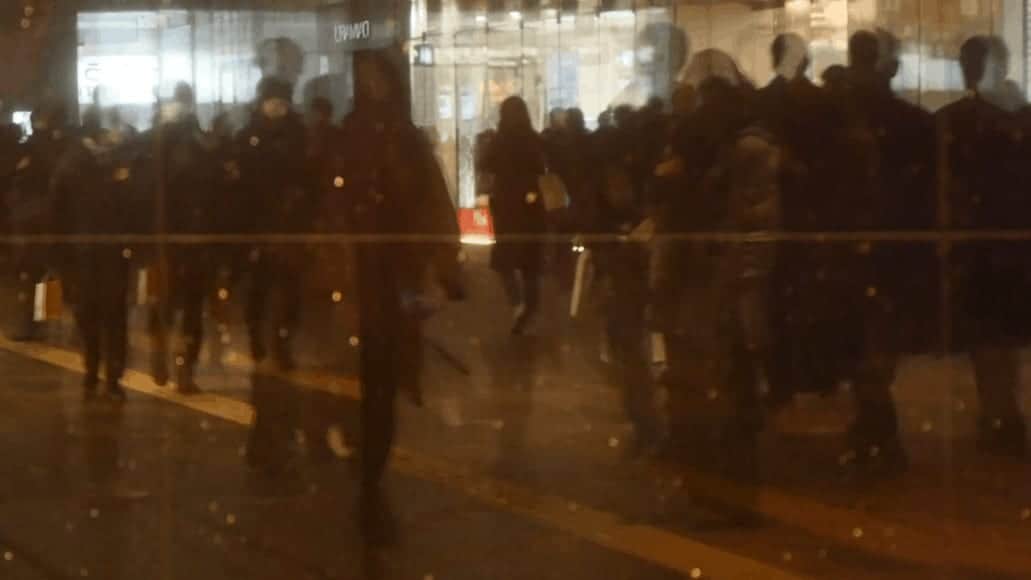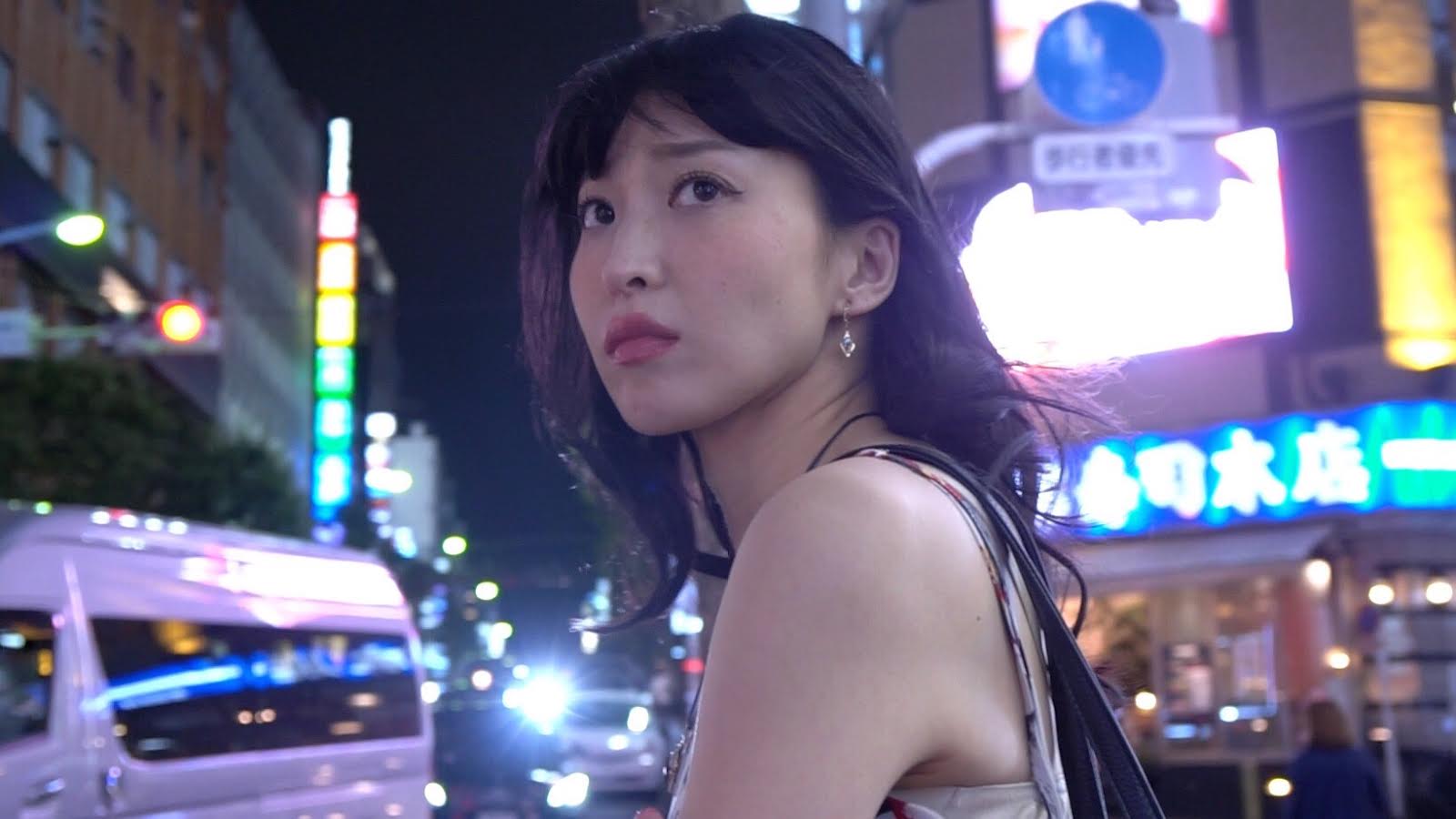By Sophia Ng
A Faustian bargain is often recognised as a deal with the devil where one trades something of moral or spiritual importance such as the soul for the acquisition of worldly or material gains. It's hardly a new trope in books and films, but is given a little twist in Akira Nagai's film adaptation of “If Cats Disappeared from this World”. Based on Genki Kawamura's book of the same name, the 2016 film follows its terminally-ill protagonist as he is offered a chance to prolong his life by a devil wearing his face– erasing one thing from the world in exchange for one more day of life. Compared to the high personal stakes involved in “The Picture of Dorian Gray”, where the titular character trades his soul for permanent youth, the deal offered by the devil in this case seems like a pretty good deal when you think of all the “unnecessary” things that exist. So of course, there's a catch: the choice of what to blip out of existence lies with the devil. With the erasure of phones, movies, watches and finally cats, the protagonist quickly learns, as we do, that the devil is erasing more than just the physical existence of these material objects. He's erasing the man's most important relationships along with them.
Buy This Title
on YesAsia
Following his previous success portraying a skilled ex-assassin in the “Rurouni Kenshin” films, Takeru Satoh shows off his range starring in the lead as both the mild mannered mailman and his sarcastic doppelganger devil in this film. Never being referred to by name, Satoh's unnamed protagonist works as the audience's surrogate, allowing them to place themselves in his shoes. Alternating between flashbacks and the present, the film takes us through the man's memories with each disappearing item and how they were integral to these connections. By focusing on the sentimental and intangible value each item holds for the man instead of how their erasure affects the world on a larger scale, the movie takes a fresh stance, effectively challenging audiences to find worth in an item beyond their utilitarian purpose or inherent value. Viewers are also made to reflect on whether a life without meaningful relationships is one worth living when the man's loved ones forget him one by one.

Despite death constantly looming over Satoh's character, it isn't depicted as a particularly scary prospect, the cool and subdued colour palette of the film evoking a sense of almost serene indifference. As the man recounts his trip with his ex-girlfriend to Argentina, the film takes on a warmer colour scheme of bright saturated hues. Yellow dominates this sequence, signaling this as a happier time for the man, one where he and his ex-girlfriend were still together, making new friends in a foreign place. This joy doesn't last long however, and Nagai foreshadows it expertly with references to Wong Kar Wai's “Happy Together”, featuring the Nicolás Avellaneda Bridge and later, the infamous Iguazu Falls.
Gone are the bright happy colours from before as the couple is seen walking by Iguazu Falls, the duller palette reflecting a sombre tone that comes with the imminent end of their relationship and their happy times together. With the clever use of colours, Nagai draws attention to the impermanence of everything; the bright happy colours of the man's past fade and become the muted, melancholic present. Using Iguazu Falls as a backdrop, Nagai also alludes to the doomed couple of “Happy Together”, where their trip to see the falls results in the end of their passionate and tumultuous relationship, reminding us yet again that relationships end, everything is fleeting, and nothing lasts forever. Apart from the tragic connotations the location brings to mind, Nagai makes use of its scale in an aerial shot, juxtaposing its monumental size against a jaded voiceover lamenting the death of a friend to pose one of the film's central questions: What is the significance of a person's life?
In one of the most poignant lines, the man's best friend, an awkward cinephile, says of their friendship, “There will be no end to movies. Therefore there will be no end to this relationship”. Yet as we see throughout the film, everything inevitably reaches its final destination, in death if nowhere else. Subverting the dying person”s narrative that involves a crazy bucket list, “If Cats Disappeared from the World” places emphasis instead on the connections the protagonist has made. The film gives him the rare chance to say his goodbyes to all his loved ones, allowing him to come to a peaceful acceptance of his impending death. At its core, the film celebrates the beauty of mortality and the ephemerality of life. For a deceivingly simple premise, “If Cats Disappeared from the World” brilliantly explores big existential questions while remaining relatable, reminding us all to cherish what we have, for we, or that which we possess, could flicker out of existence any time.

















et qu’obtenez-vous du fait que l’amour quitte une personne, comme dans les films.